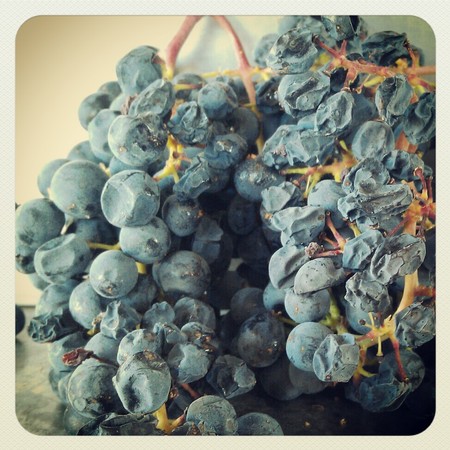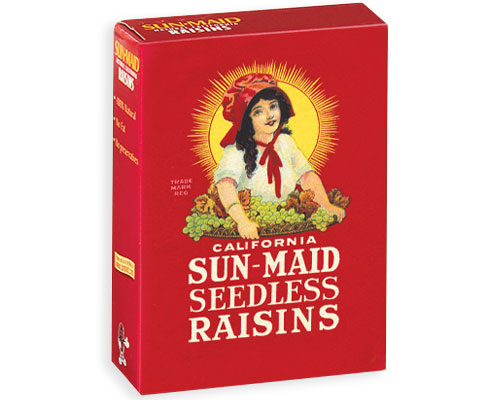Here at Calcareous, we are not specialists in any single varietal. In the cellar we produce a wide range of varietals and styles. This keeps things exciting and challenging for us winemaking types. From keeping the Grenache clusters shaded on the vine to the hyper-oxidative pump overs for the York Mountain Cab, you have to constantly remind yourself that each wine has its special needs and techniques. My overall mantra to winemaking is that it always comes down to the skins. They contain all the magic that makes grape wine the most intricate of the fruit based alcoholic beverages. How to approach producing and then extracting out the compounds that are locked in the skins is where the different approaches for each wine in the cellar comes in.
One varietal that has kept me guessing the past few years has been Malbec. With other varietals, if I get confused, I usually meet up with a winemaking friend in town, buy them a few drinks and try and trick them into telling me their secrets. Sadly, most of the Malbec in this world is in Chile, and that would be some expensive beers, so I'm on my own pretty much. Each vintage comes along, and while walking the vineyard, tasting fruit, chewing skins, and spitting, I probably get most excited about our Estate Malbec. It is always so amazingly dark and rich, my mind starts racing about how I can capture this flavor out of the berry and into the resulting wine. Then each year I have a major let down. The Malbec is never bad; it just hasn't matched my expectations. The one job of the winemaker is to produce wine that is in accordance with the quality of the fruit, and in my mind I have failed to accomplish this these past few vintages. For 2012, things have changed.
I changed from a gentle punching down maceration to a more extractive pump over and delastage routine. As the fruit ferments, the carbon dioxide produced gets caught up by the skins causing them to float to the surface. While floating on top, the compounds in the skins are not in contact with the juice, thus you can't extract out what you want. Punching down is the process of physically pushing the skins back down into the must, like making French press coffee. Pumping over is just what it sounds like, using a pump to spray the must over the top of the tank. Pumping over gets you much more extraction, but is dangerous because it extracts everything, good and bad. So if there are any green, vegetal, or overly bitter flavors in the skins, they too will end up in the wine.
To get away with this more extractive technique I risked things in the vineyard by pushing the ripeness. I let the Malbec hang on the vine about a week longer than I usually would. Once the bells in my head started ringing and telling me to pick now, I forced myself to wait 6 more days. A lot of the resulting clusters looked like this.

The first thing you'll notice is that I should probably be trying to put these grapes into something like this:

But we don't have the equipment to open and shut all those little boxes so we'll still aim for the bottle. Amaizingly, the juice came out at about 26.8 brix with a 3.42 pH. This should come out to about 15.0% alcohol, these are not weird, over ripe numbers at all for Paso Robles. By pusing the skins this little bit more, they were a bit softer which allowed for better extraction, and there is simply no under ripe or simple characteristcs at all to the wine after completion of primary fermentation. I had to battle my gut instinct, but in the end, I think a discovered a little piece of the puzzle on how to make Malbec here at the Calcareous Vineyard.